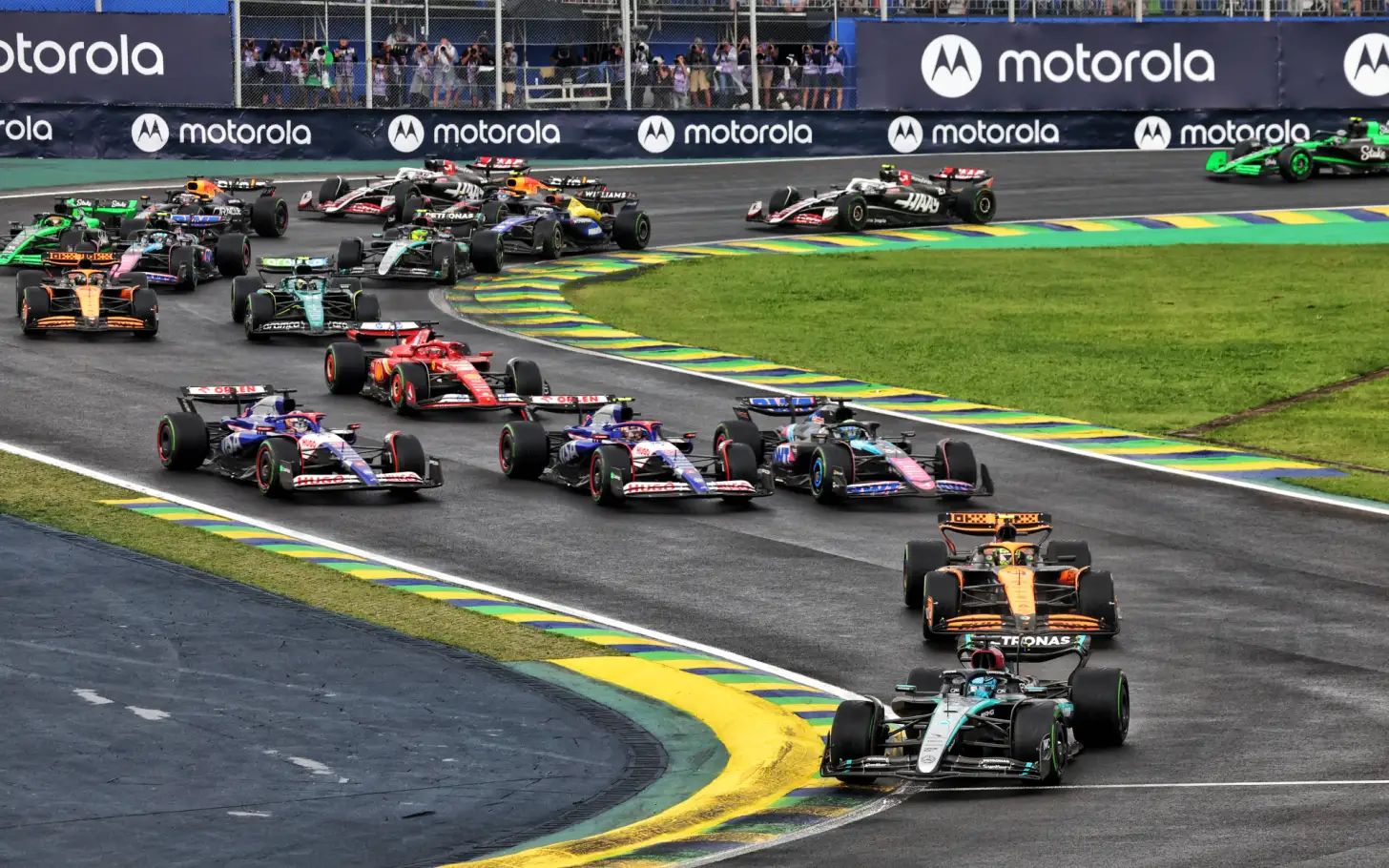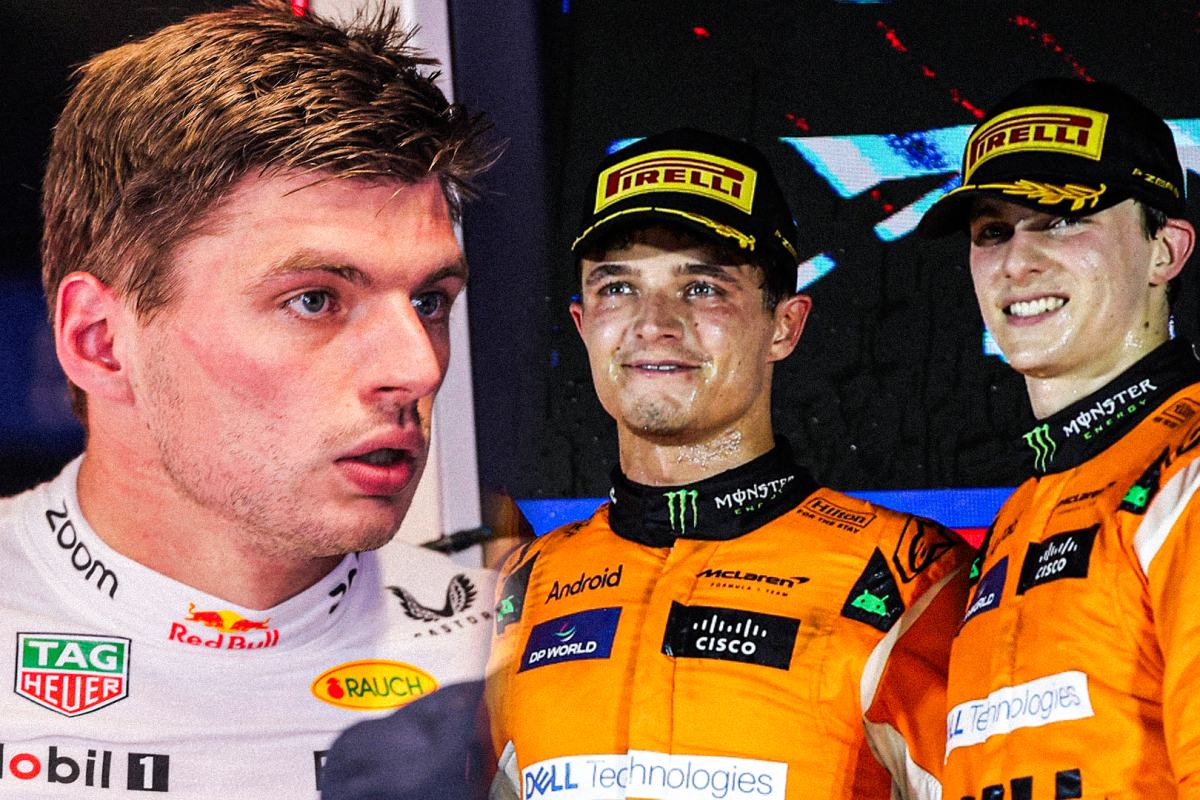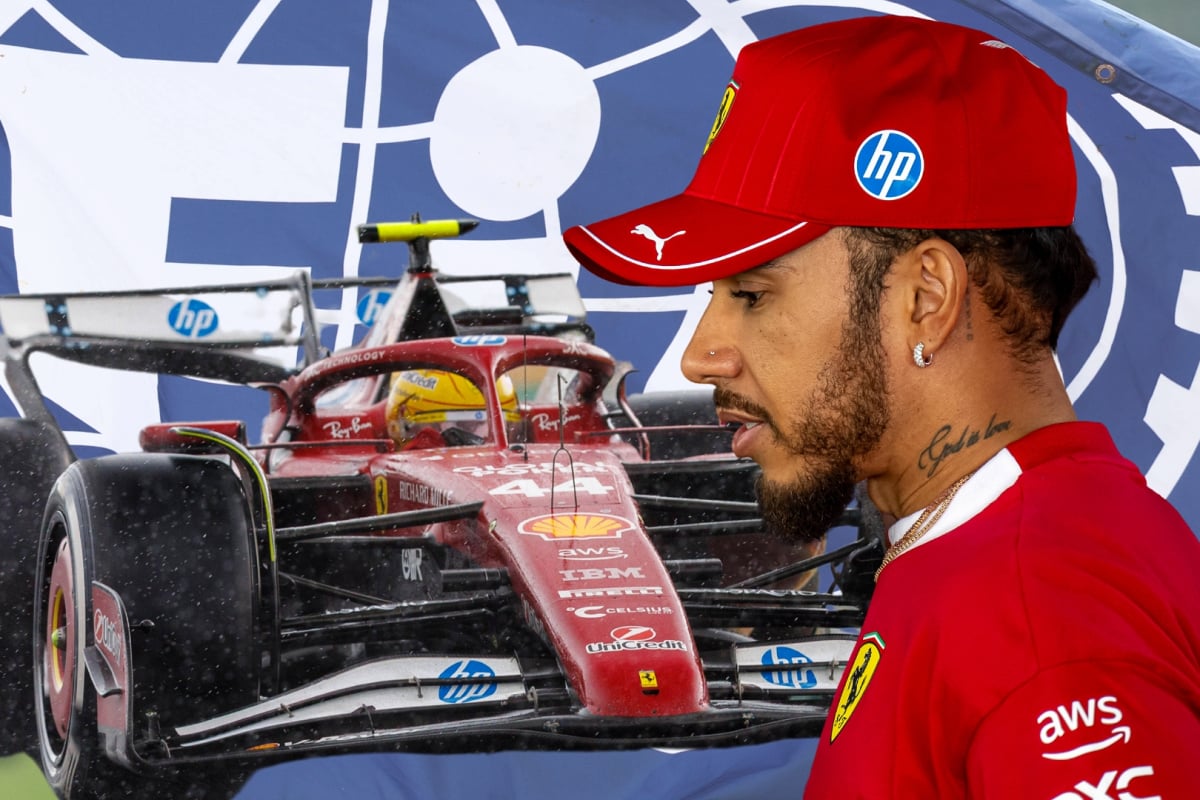FIA Opens Investigation into Lewis Hamilton Over Yellow Flag Incident at Brazilian Grand Prix
The Formula 1 paddock has been thrown into fresh turmoil as Lewis Hamilton, the seven-time world champion, finds himself at the center of a new controversy at the 2025 Brazilian Grand Prix. The FIA has launched an investigation into Hamilton’s alleged failure to properly slow down under double yellow flag conditions during sprint qualifying—a potentially serious infraction that could have major implications for his weekend at Interlagos.
The drama unfolded during the second phase of sprint qualifying (SQ2) on Friday at the iconic Autódromo José Carlos Pace in São Paulo. Ferrari’s Charles Leclerc lost control of his SF-25 at Turn 9, spinning into the run-off area and bringing out double-waved yellow flags. The incident disrupted several drivers’ final flying laps, including Hamilton’s, who was pushing to make it into the top 10 and progress to SQ3.
Hamilton had been on a promising lap before the yellow flags were deployed. However, Leclerc’s spin forced race control to signal caution flags, requiring drivers to significantly reduce their speed and abandon their timed laps. Unfortunately, by the time the flags were displayed, Hamilton was already deep into his sector, making it unclear whether he had sufficient time or visibility to react. The incident ultimately ruined his chance to advance, leaving him eliminated from SQ2 and setting up a tense post-session atmosphere.
Soon after qualifying concluded, the FIA confirmed that Hamilton was under investigation for a possible breach of the yellow flag regulations. According to the rules, drivers must demonstrably lift off the throttle and abandon any fast laps when double yellow flags are shown—signals that indicate a serious hazard on the track. Failing to do so can be interpreted as disregarding safety protocols, which the FIA treats as one of the most serious offences in Formula 1. Penalties for such violations can range from grid drops to disqualification from the session, depending on the severity of the infraction and the data recorded by the car’s telemetry systems.
The potential penalty has ignited fierce debate within the F1 community. Many fans and analysts argue that Hamilton was caught in an unfortunate set of circumstances rather than showing any deliberate disregard for safety. With Leclerc’s spin occurring suddenly and the yellow flags appearing just as several drivers were mid-lap, reactions from those on track were inevitably split-second. Video replays and on-board footage suggest Hamilton may have lifted slightly, but whether that reduction in speed was deemed sufficient will ultimately depend on the FIA’s telemetry review.
Mercedes, already facing an uphill battle this season with a car that has struggled to match the pace of McLaren and Red Bull, will be hoping that the stewards take into account the chaotic timing of the incident. Team Principal Toto Wolff is expected to argue that Hamilton’s position on the track made it nearly impossible for him to react earlier. The team will likely present data to show that their driver acted within reason under the circumstances.
This investigation adds yet another layer of intrigue to an already eventful weekend in São Paulo. The Brazilian Grand Prix is famous for its unpredictable weather, dramatic twists, and emotional highs and lows. From Ayrton Senna’s legendary victories to surprise winners and race-day chaos, Interlagos has long been a theater for Formula 1’s most iconic moments. Now, Hamilton’s yellow flag probe threatens to be the latest chapter in that legacy of drama.
If Hamilton is found guilty, he could face a grid penalty that would further hamper his weekend and Mercedes’ hopes of a strong finish. With the team desperately trying to claw back points in the Constructors’ Championship, any setback could prove costly. On the other hand, if cleared, Hamilton will aim to turn his frustration into motivation for the sprint and main race, as he seeks redemption at a circuit where he has previously tasted both triumph and heartbreak.
As fans await the FIA’s verdict, anticipation continues to build. Will Hamilton be handed a penalty that reshapes the sprint grid and potentially the Grand Prix itself? Or will he escape punishment after stewards review the complex sequence of events? Whatever the outcome, one thing is clear — the Brazilian Grand Prix weekend has once again proven why Formula 1 remains the most unpredictable and emotionally charged sport in the world.
With tension running high and the spotlight firmly on the FIA’s decision-making process, all eyes now turn to the stewards’ office. Their ruling could set the tone not just for Hamilton’s weekend, but for the broader debate around consistency and fairness in enforcing Formula 1’s ever-contentious regulations.



